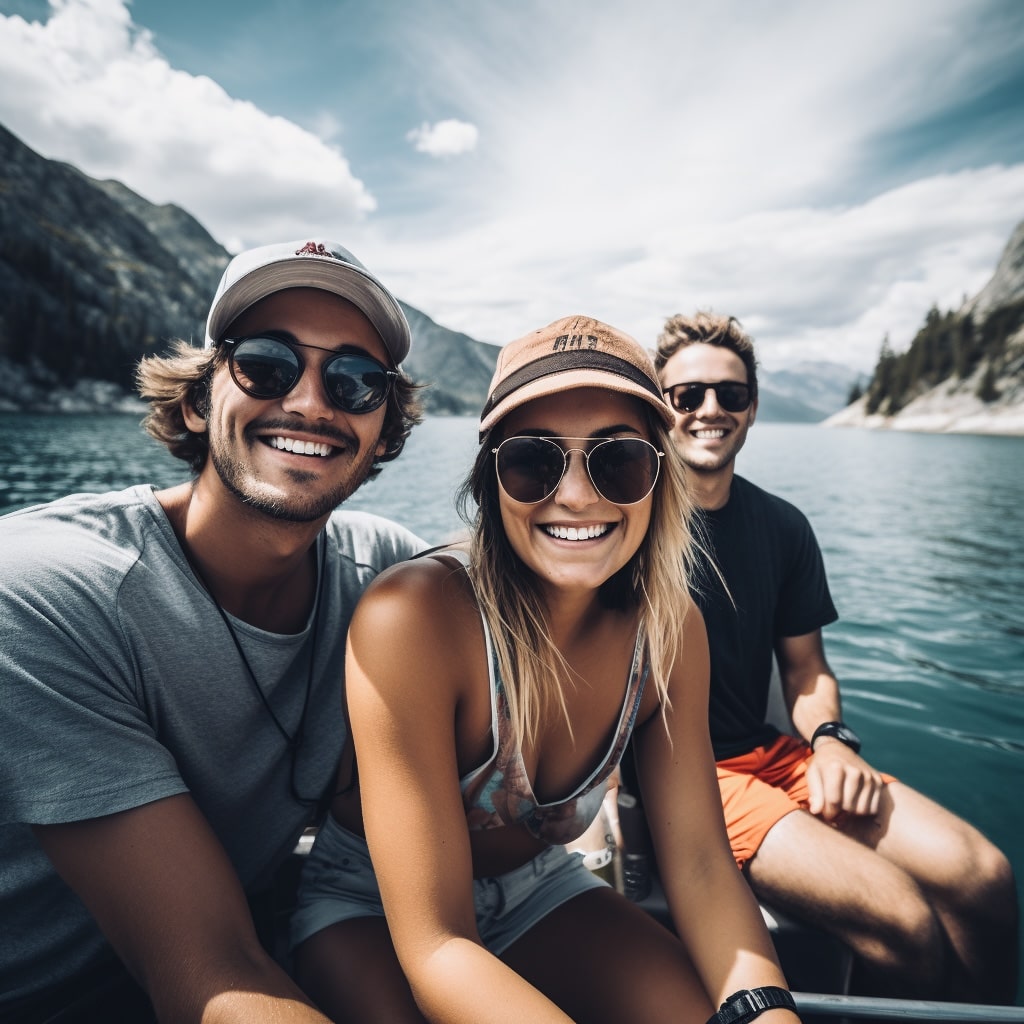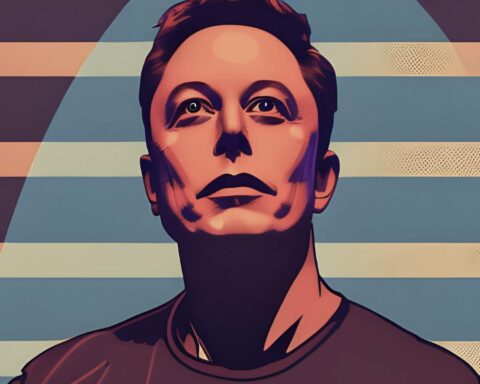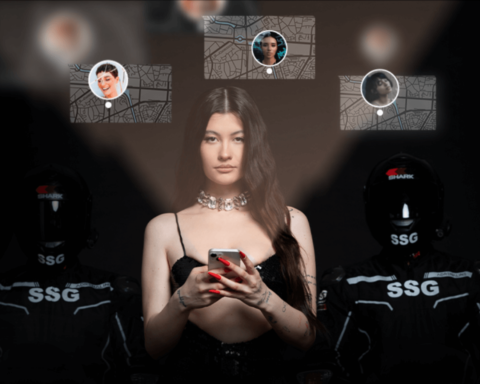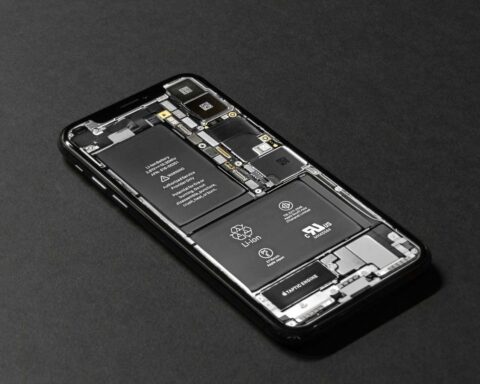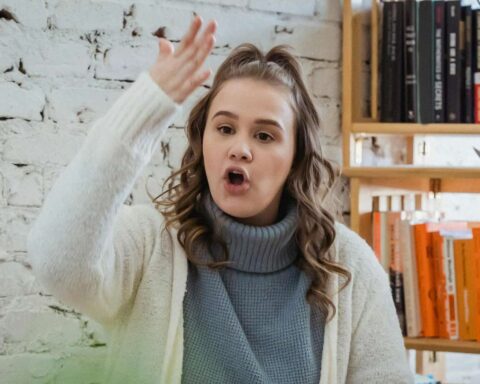Have you ever wondered who owns a photo generated by AI?
I mean, it’s not like someone took the picture with a camera, right? So who has the rights to it? Is it the person who created the AI model? The person who used the AI model to generate the photo? The person who uploaded the photo online? Or maybe no one at all?
This is a tricky question that has no clear answer yet. There are different types of AI models that can generate photos, such as generative adversarial networks (GANs), style transfer, and deepfakes. Each of these models may have different implications for ownership and copyright.
For example, GANs can create realistic images of faces, animals, landscapes, and more from scratch. They do this by using two neural networks: one that generates the image and one that tries to distinguish it from real images. The two networks compete with each other until they produce a convincing image. But who owns this image? Is it the person who trained the GAN model on a large dataset of images? Is it the person who tweaked the parameters of the model to generate a specific image? Or is it the person who downloaded the image from a website that offers GAN-generated photos? According to a paper by Bracha and Pasquale (2021), there are different possible approaches to assign ownership to GAN-generated images, such as authorship, labor, investment, or public domain.
Style transfer is another technique that can generate photos by applying the style of one image to another. For example, you can make a photo of your dog look like a painting by Van Gogh. But who owns this photo? Is it the person who created the style transfer model? Is it the person who chose the style and content images? Or is it the person who shared the photo on social media?
Deepfakes are another type of AI-generated photos that can swap faces or manipulate expressions of people in videos. They can be used for entertainment, education, or malicious purposes. But who owns these videos? Is it the person who created the deepfake model? Is it the person who provided the source and target videos? Or is it the person who uploaded the video online? According to a study by Chesney and Citron (2019), there are different possible legal remedies for deepfake videos, such as defamation, privacy, or fraud.
As you can see, there are many possible scenarios and factors that can affect the ownership of AI-generated photos. There are also ethical and legal issues that need to be considered. For example, how can we protect the privacy and identity of people whose faces are used in AI-generated photos? How can we prevent misuse and abuse of AI-generated photos for fraud, harassment, or propaganda? How can we ensure fair compensation and recognition for the creators and users of AI-generated photos?
These are some of the questions that we need to think about as AI becomes more advanced and accessible. There is no easy answer yet, but we need to start a dialogue and establish some guidelines and standards for this emerging field.

